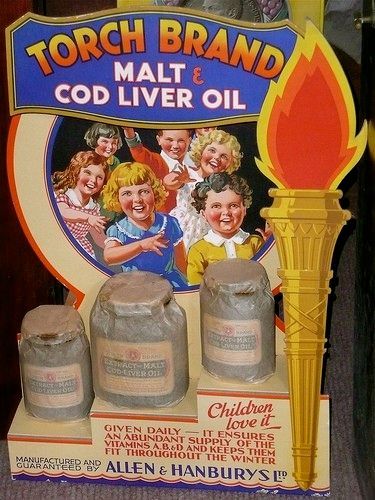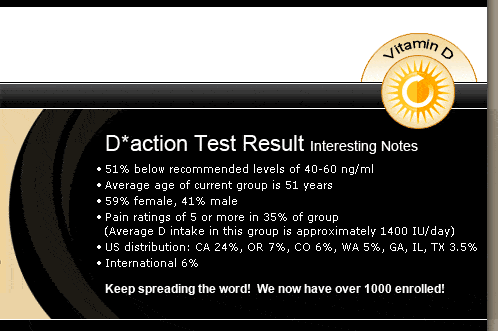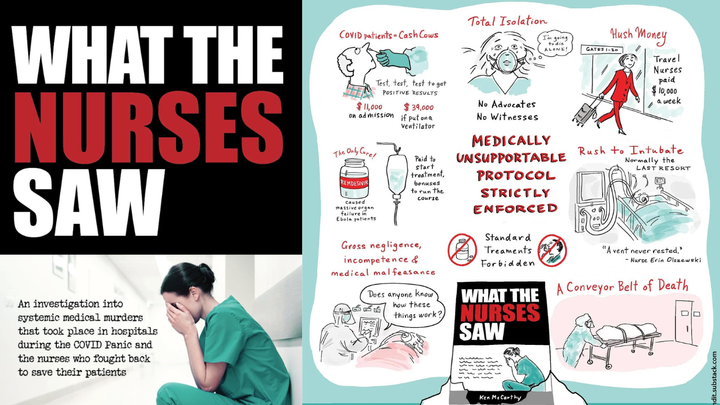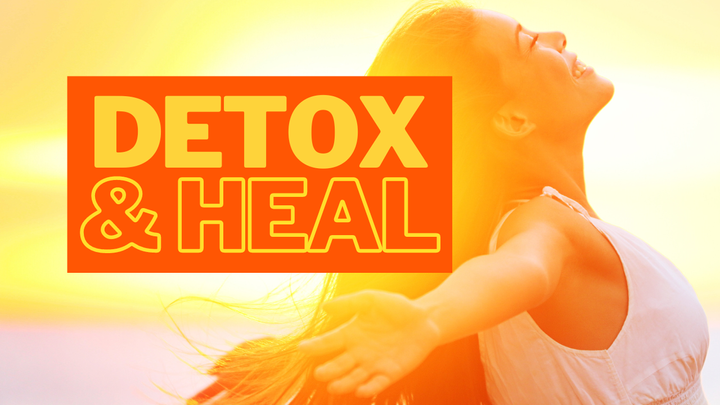Vitamin D Deficiency Linked to Bone Fracture, Chronic Pain
Last week the United Press International reported a study by the Mayo Clinic showing a link between chronic pain and vitamin D deficiency: Chronic Pain Linked to Low Vitamin D.

Every Monday on Cheeseslave.com, I’ll be posting a new feature, Nutrition News Roundup — a list of links to nutrition news articles and blog posts about nutrition.
Last week the United Press International reported a study by the Mayo Clinic showing a link between chronic pain and vitamin D deficiency: Chronic Pain Linked to Low Vitamin D.
Science Daily reported today that supplementing with vitamin D results in fewer bone fractures: Vitamin D Supplements Associated With Reduced Fracture Risk In Older Adults
According to Web MD, most Americans are deficient in vitamin D: Americans Low on Vitamin D.

Contrary to popular belief, it’s not so easy to get adequate vitamin D from the sun. According to Krispin Sullivan, CN:
What the research on vitamin D tells us is that unless you are a fisherman, farmer, or otherwise outdoors and exposed regularly to sunlight, living in your ancestral latitude (more on this later), you are unlikely to obtain adequate amounts of vitamin D from the sun. Historically the balance of one’s daily need was provided by food. Primitive peoples instinctively chose vitamin-D-rich foods including the intestines, organ meats, skin and fat from certain land animals, as well as shellfish, oily fish and insects. Many of these foods are unacceptable to the modern palate. Source: The Miracle of Vitamin D, Weston A. Price Foundation
She goes on to write:
Modern diets usually do not provide adequate amounts of vitamin D; partly because of the trend to low fat foods and partly because we no longer eat vitamin-D-rich foods like naturally reared poultry and fatty fish such as kippers, and herring. Often we are advised to consume the egg white while the D is in the yolk or we eat the flesh of the fish avoiding the D containing skin, organs and fat. Sun avoidance combined with reduction in food sources contribute to escalating D deficiencies. Vegetarian and vegan diets are exceptionally poor or completely lacking in vitamin D predisposing to an absolute need for UV-B sunlight. Using food as one’s primary source of D is difficult to impossible. Source: The Miracle of Vitamin D, Weston A. Price Foundation
How Much Vitamin D Do You Need?
4,000- 5,000 IU per day should be sufficient to maintain blood levels in wintertime unless you are obese (in which case you may need more and should be tested). Note that this is more than ten times the USDA recommended daily allowance. Source: Whole Health Source Blog
Top 5 Food Sources of Vitamin D:
USDA databases compiled in the 1980s list the following foods as rich in vitamin D. The amounts given are for 100 grams or about 3 1/2 ounces. These figures demonstrate the difficulty in obtaining 4,000 IU vitamin D per day from ordinary foods in the American diet.
Cod Liver Oil: 10,000 IU
Lard (Pork Fat): 2,800 IU
Atlantic Herring (Pickled): 680 IU
Eastern Oysters (Steamed): 642 IU
Catfish (Steamed/Poached): 500 IU
Source: The Miracle of Vitamin D, Weston A. Price Foundation
How Can You Make Sure You’re Getting Enough Vitamin D?
Here’s how to become vitamin D deficient: stay inside all day, wear sunscreen anytime you go out, and eat a low-fat diet. Make sure to avoid animal fats in particular. Rickets, once thought of as an antique disease, is making a comeback in developed countries despite fortification of milk (note- it doesn’t need to be fortified with fat-soluble vitamins if you don’t skim the fat off in the first place!). The resurgence of rickets is not surprising considering our current lifestyle and diet trends. In a recent study, 40% of infants and toddlers in Boston were vitamin D deficient using 30 ng/mL as the cutoff point. 7.5% of the total had rickets and 32.5% showed demineralization of bone tissue! Part of the problem is that mothers’ milk is a poor source of vitamin D when the mother herself is deficient. Bring the mothers’ vitamin D level up, and breast milk becomes an excellent source. Source: Whole Health Source Blog
Here’s how to optimize your vitamin D status: get plenty of sunlight without using sunscreen, and eat nutrient-rich animal foods, particularly in the winter. The richest food source of vitamin D is high-vitamin cod liver oil. Blood from pasture-raised pigs or cows slaughtered in summer or fall, and fatty fish such as herring and sardines are also good sources. Source: Whole Health Source Blog

Getting Tested for Vitamin D Deficiency
For only $30, you can get tested. GrassrootsHealth.org is offering Vitamin D testing by mail. Just fill out the questionnaire here, and etner your credit card information to order a skin prick test by mail. (I just registered our whole family — I’m very curious to see what our Vitamin D levels are.)
They are publishing the results of the testing — so far they’ve found that 51% of the people tested are below the recommended levels of 40-60 ng/ml.
Photo Credit: Flickr



Comments ()